When you’re upgrading your car audio system, selecting the right speakers involves more than just brand loyalty or power ratings. Understanding how a speaker will behave in your specific installation starts with knowing the specifications that actually matter.
Among the many Thiele/Small parameters that define speaker behavior, three stand out as especially critical: Resonant Frequency (Fs), Total Q Factor (Qts), and Equivalent Compliance Volume (Vas). These three values determine how a speaker interacts with air, how low it can play, and what type of enclosure will optimize its performance.
If you’re aiming for clean, powerful, and accurate sound, these are the specs you need to understand.
1. Resonant Frequency (Fs)
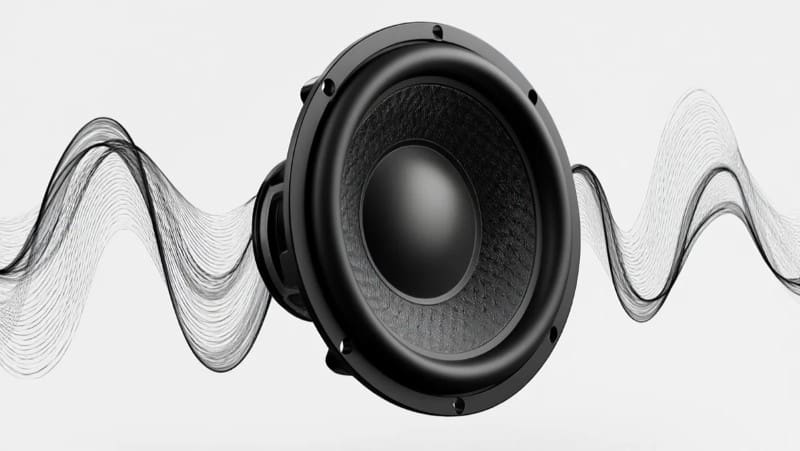
This image visually represents a speaker generating sound waves, illustrating how resonant frequency (Fs) relates to the natural vibration point where the speaker moves most efficiently with minimal input.
What It Is:
Resonant Frequency, or Fs, is the point at which a speaker’s moving parts, including the cone and suspension, naturally vibrate with the least resistance. This value is measured in Hertz and helps define the lowest frequency the speaker can reproduce effectively.
Why You Should Care:
A lower Fs generally means the speaker is better suited for low-frequency reproduction. For subwoofers and midbass drivers, this is especially important. A sub with an Fs of 25 Hz will typically deliver deeper bass than one with an Fs of 40 Hz.
Understanding Fs also helps with crossover design. Setting a crossover point too close to a speaker’s resonance frequency can lead to distortion or poor blending with other drivers in the system. Knowing this parameter allows you to place crossover points more strategically and maintain smooth frequency response across your system.
2. Total Q Factor (Qts)
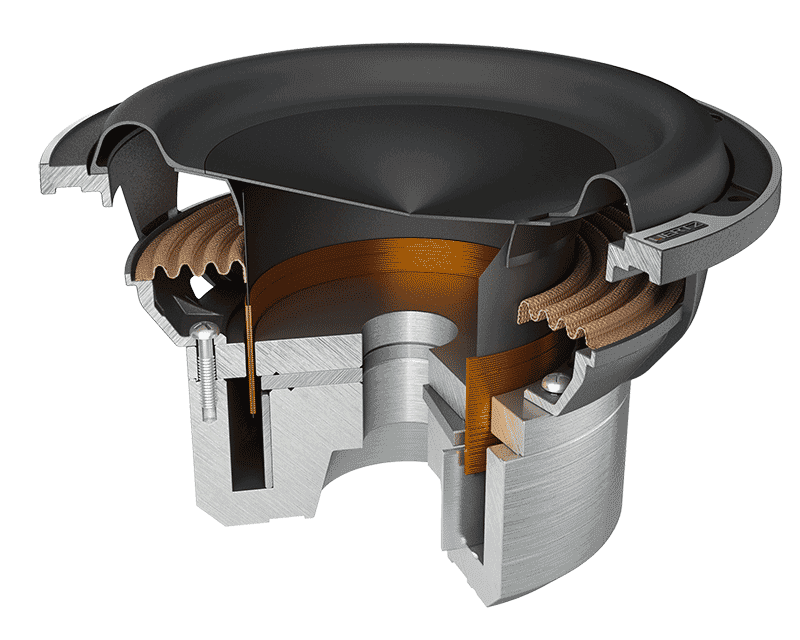
Cutaway view of a speaker driver showing the cone, surround, spider, and voice coil. These components work together to determine the speaker’s Q Factor
What It Is:
Qts, or Total Q Factor, is a measure of how a speaker is damped, both mechanically and electrically. It combines the effects of the suspension (Qms) and the motor system (Qes) into a single number that describes the overall control of the speaker.
Why You Should Care:
Qts is a key factor in determining what kind of enclosure a speaker should be used in:
- Qts below 0.4 usually indicates the speaker will work well in a vented or ported enclosure
- Qts between 0.4 and 0.7 is ideal for sealed enclosures
- Qts above 0.7 may be best suited for infinite baffle or open-air designs
A lower Qts value usually means tighter, more accurate bass with good control. Higher Qts values might result in more bass output, but potentially at the cost of definition and precision. Matching a speaker’s Qts to the right enclosure type ensures that you get optimal performance without sacrificing sound quality or reliability.
3. Equivalent Compliance Volume (Vas)
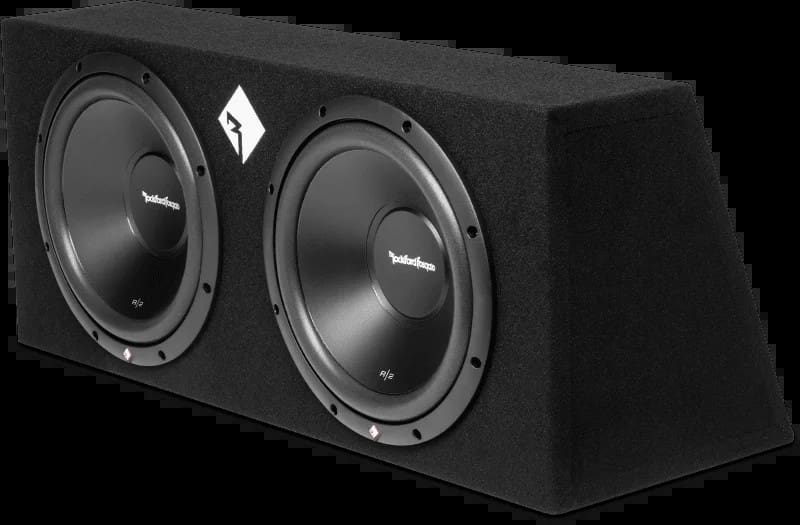
The size of a subwoofer enclosure directly affects performance. Vas helps determine how much air volume the speaker’s suspension needs to move freely and produce clean, controlled bass.
What It Is:
Vas, or Equivalent Compliance Volume, measures how compliant, or springy, the speaker’s suspension is. It is expressed as the volume of air that would offer the same resistance. This is typically measured in liters or cubic feet.
Why You Should Care:
Vas helps determine the ideal enclosure size for the speaker. A driver with a large Vas requires a larger enclosure to operate efficiently. One with a smaller Vas can work well in a compact box, which is a major consideration in vehicles with limited space.
Getting the Vas-enclosure relationship right means the speaker’s suspension and the air inside the box will complement each other. If the enclosure is too small for a high-Vas driver, the speaker might become overly stiff and lose low-frequency extension. If the box is too large, the system might become underdamped, leading to sloppy or uncontrolled bass.
Understanding Vas is crucial when you are designing or choosing an enclosure that matches your performance goals and vehicle limitations.
Why These Three Parameters Matter
While specs like power handling, sensitivity, and impedance are useful, they do not predict how a speaker will actually perform in a real-world application. Fs, Qts, and Vas provide insight into how a speaker interacts with air, responds to electrical input, and delivers sound in a vehicle environment.
By understanding these parameters, you can:
- Select the right speaker for your listening goals and vehicle
- Choose the correct enclosure type and size
- Accurately predict system behavior before making installation decisions
- Optimize crossover points and system tuning
- Avoid common issues like distortion, poor bass response, or mechanical stress
These parameters are more than technical data. They are practical tools that help you get better results from your equipment, whether you are building a competition-level system or just want more enjoyment from your daily drive.
Final Thoughts
If you’re serious about car audio performance, learning the basics of Fs, Qts, and Vas will change how you approach speaker selection and system design. These three values form the foundation of accurate enclosure modeling and reliable long-term performance. They turn guesswork into informed decision-making and help ensure your audio system performs the way you want it to.
Want to learn more about speaker design, enclosure types, or crossover integration?
Check out our library of technical articles and product reviews to take your car audio knowledge to the next level. If you are planning an upgrade, be sure to work with a reputable mobile enhancement retailer who can help you design a system that sounds great and performs reliably.
This article is written and produced by the team at www.BestCarAudio.com. Reproduction or use of any kind is prohibited without the express written permission of 1sixty8 media.
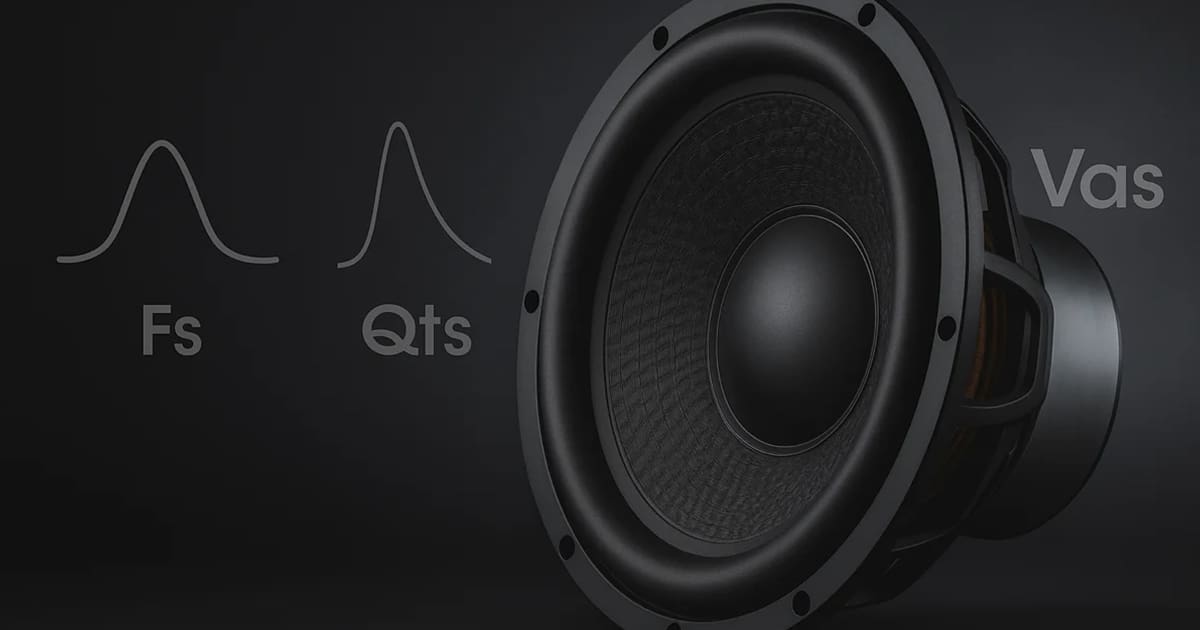
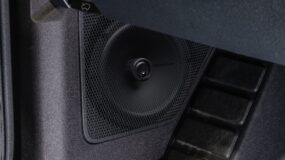

Leave a Reply